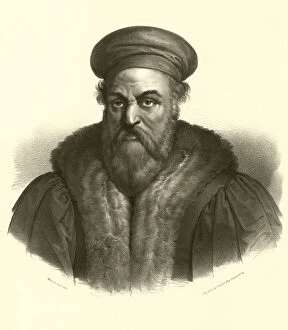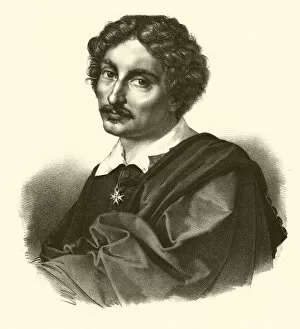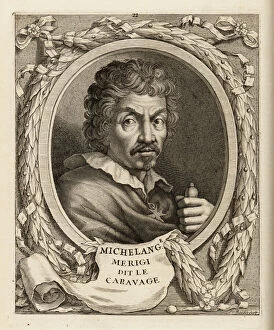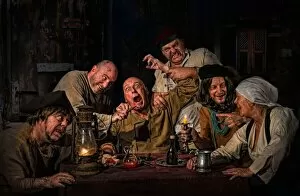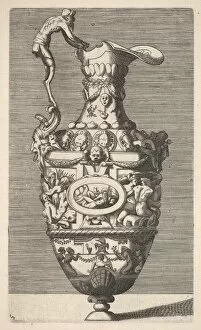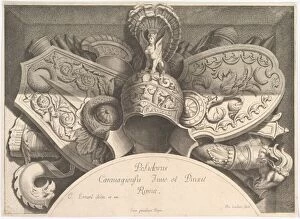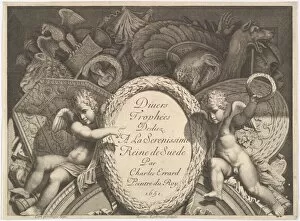Caravaggio Collection (page 2)
Caravaggio, the renowned Italian artist Michelangelo Merisi da Caravaggio, left an indelible mark on the art world with his masterful works
All Professionally Made to Order for Quick Shipping
Caravaggio, the renowned Italian artist Michelangelo Merisi da Caravaggio, left an indelible mark on the art world with his masterful works. One of his most notable paintings is "Head of Medusa, " created in 1596 and depicted using oil on canvas. The intensity and realism captured in this piece showcase Caravaggio's exceptional talent. Born in 1573, Caravaggio's artistic prowess blossomed during the late Renaissance period. His unique style was characterized by a dramatic use of light and shadow, known as chiaroscuro, which added depth and emotion to his compositions. This technique is evident not only in "Head of Medusa" but also throughout many of his other iconic pieces. Another remarkable work by Caravaggio is "The Conversion of St. Paul, " completed around 1603. In this painting, he skillfully portrays the moment when Saul becomes Paul after experiencing a divine revelation on the road to Damascus. The play between light and darkness emphasizes the transformative power that faith can have on an individual's life. Caravaggio's exploration of mythology is seen in works such as "Medusa" from 1596-1598 and "Narcissus" from 1598-1599. Both pieces exhibit his ability to capture raw emotions through intricate details and realistic depictions. "The Crucifixion of St. Peter, " painted in Rome, showcases Caravaggio's mastery over religious themes while incorporating elements like intense facial expressions and dynamic poses that set him apart from other artists at the time. In addition to religious subjects, it also delved into secular scenes like "The Musicians" from 1597. This composition depicts four young men engaged in music-making activities with incredible attention paid to their expressions and gestures. One cannot discuss Caravaggio without mentioning one of his most famous works: "The Laying in the Tomb.




